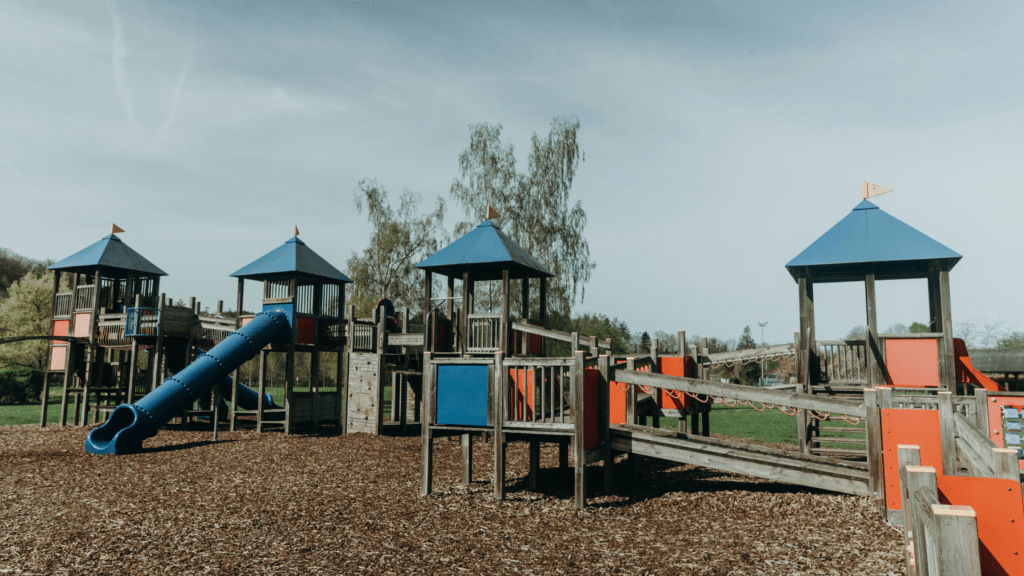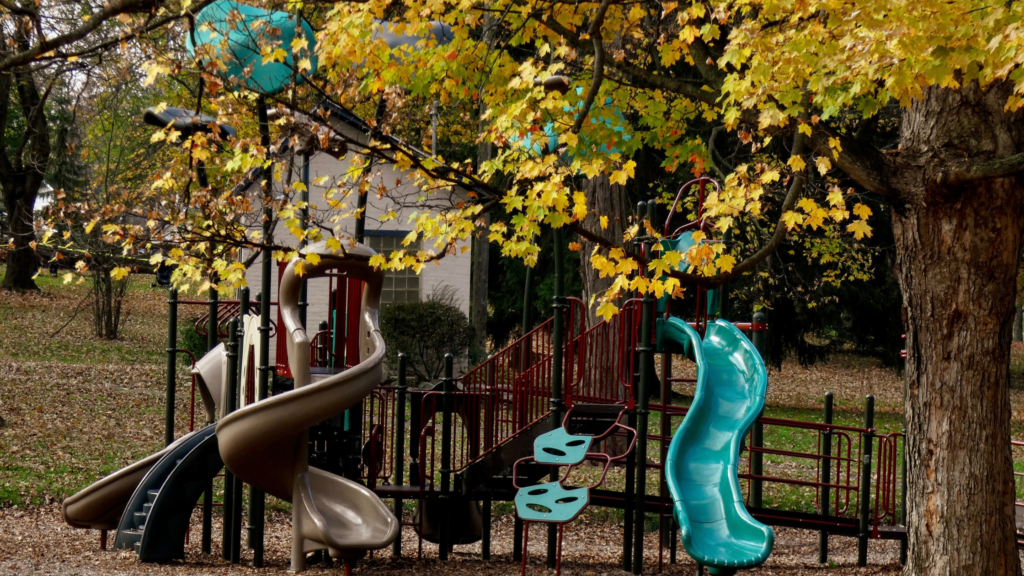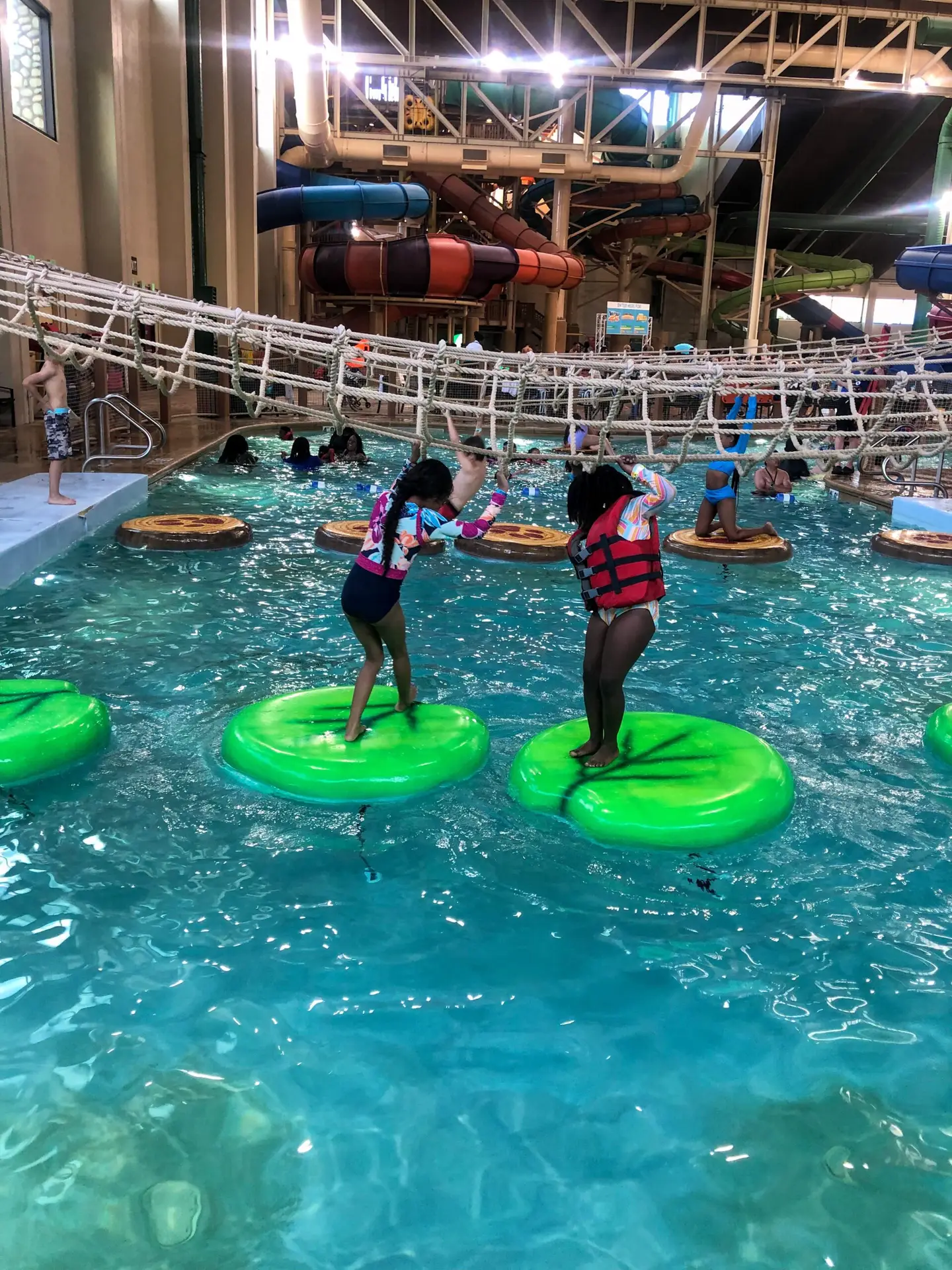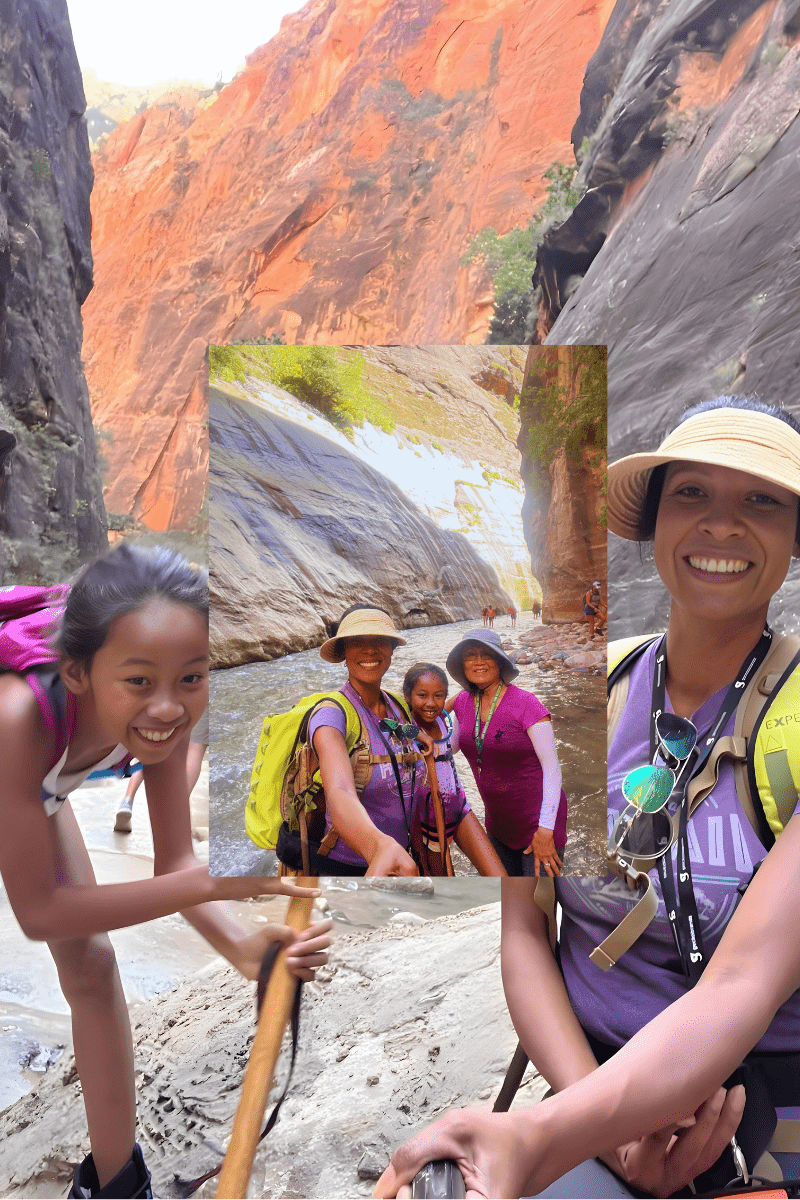
School is out and summer is here, and with it comes the freedom and joy of warm, sunny days. My daughter, full of energy and excitement, eagerly asks to go to the park. For her, it’s a paradise of swings, slides, and laughter. For me, however, the thought brings a wave of anxiety. The park, bustling with strangers, sometimes feels like a minefield. Concerns about potential dangers like wandering pedophiles, rough children raised with no manners, and bullies lurking around, fill my mind. I find myself walking around the playground with a heightened sense of protection, my eyes constantly scanning to ensure my daughter’s safety. Despite these worries, I understand the undeniable benefits of parks and playgrounds. Balancing my protective instincts with her need for play is a challenge, but one that’s essential for her growth and happiness.
We often take parks and playgrounds for granted, rarely pausing to consider their origins or purpose. Yet, as I walk around the playground, keeping a vigilant eye on my baby girl, I can’t help but reflect on these community spaces. Watching her run from the swing to the slide, her laughter echoing in the warm summer air, fills me with a profound appreciation. She meets a new little girl, and within moments, they’re chatting and playing as if they’ve known each other forever. It’s in these moments I realize the true value of parks. They were created to provide safe havens for children to explore, grow, and build friendships. Observing my daughter in this joyful environment, I’m reminded of the importance of these spaces not just for physical activity, but for fostering social connections and emotional well-being.
The History of Playgrounds
The concept of play as an essential part of human development is relatively modern, emerging prominently towards the end of the nineteenth century. Before this period, children were often required to work in fields or factories and had little to no designated time for play. The idea of public playgrounds was nonexistent (O’Shea, 2013).
The first public play space was introduced in Germany by Friedrich Froebel, the founder of the kindergarten movement. Building upon the philosophies of Jean-Jacques Rousseau and educator Johann Pestalozzi, Froebel understood the importance of a stimulating environment and its positive effects on children. He advocated for the value of free and natural play, emphasizing the need for contact with natural materials such as sand and water (Pound, 2011).
Inspired by Froebel’s principles, sand piles, known as sand bergs, began appearing in Berlin’s public parks during the 1850s. In 1889, Froebel further popularized the concept by publishing plans for building a sandbox, which led to the widespread use of sandboxes in schools and homes throughout Germany (Levine, 2003). The Industrial Revolution and the resulting wave of urbanization and immigration brought about the growth of slums where homeless children struggled to survive on the streets (Zacks, 2012). In response to the rise in urban poverty, efforts were made to provide safe play spaces for children. Dr. Marie Zakrzewska, a Berlin native, introduced the first ‘Sand Garden’ in Boston in 1886, replicating the ones she had seen in her home city. Its success prompted more sand piles to be placed in the following year in the yards of the Boston Children’s Mission Parmenter Street Chapel and the Warrenton Street Chapel. Soon, sand bergs and kindergartens began to appear in cities across America (Frost, 2010).
Recognizing the growing importance of public play spaces, the Playground Association of America was established in 1906 to advocate for playgrounds across the country (O’Shea, 2013). The association’s foundational principles highlighted the necessity of playgrounds for community development. Initially, playgrounds were simple sand gardens, but over the decades, they evolved into complex structures featuring swings, slides, and climbing equipment designed to support both physical and cognitive development. Can you believe there’s a Playground Association? That took me for a loop, but it underscores just how vital these spaces are for fostering healthy, happy communities.
The Benefits of Playgrounds for Kids
When she started school in first grade, it was her first real encounter with socializing with other children, and she struggled immensely. She lacked social skills, and her emotional well-being was noticeably affected. While many family issues factored into her difficulties, I believe that at the very least, social interaction at a playground with other kids could have significantly helped develop her social skills and emotional resilience.
Playgrounds provide numerous benefits for children, encompassing physical, social, and cognitive development. Here are some key advantages:
- Physical Health: Playgrounds encourage physical activity, helping children develop strength, coordination, and balance. Regular physical activity also promotes cardiovascular health and helps combat childhood obesity.
- Social Skills: Playgrounds are social hubs where children learn to interact, share, and cooperate with peers. These interactions are crucial for developing communication skills and emotional intelligence.
- Cognitive Development: Play often involves problem-solving and imaginative thinking, which are vital for cognitive growth. Navigating playground structures can also enhance spatial awareness and motor planning.
- Emotional Well-being: Play is essential for emotional health, providing an outlet for stress and a means to explore emotions in a safe environment.
- Developmental Growth: As outlined, playgrounds support various aspects of a child’s development, from physical fitness to social skills.
- Nature Exposure: Parks provide a connection to nature, which has been shown to reduce stress and improve mental health for both children and adults.
- Community Building: Playgrounds serve as communal spaces where families can connect and build a sense of community, fostering a supportive environment for children.
While the anxiety surrounding playground visits is entirely understandable, it’s important to remember the immense benefits these spaces offer for your child’s development and well-being. Maybe it’s the age we live in or my own age that heighten this anxiety, but I know I’m not alone. By taking proactive steps to manage these concerns, you can create a safe and enjoyable environment that fosters your child’s growth, happiness, and love for the outdoors. Watching your child laugh, play, and make new friends is a powerful reminder of why these moments matter. Your vigilance and care ensure that they can enjoy these experiences, and with each visit, you contribute to their emotional and social development. So, take a deep breath, trust in your protective instincts, and cherish these precious moments at the park with your child. I hope this article helps others who share similar anxieties find ways to navigate them and embrace the joys of playground adventures.








